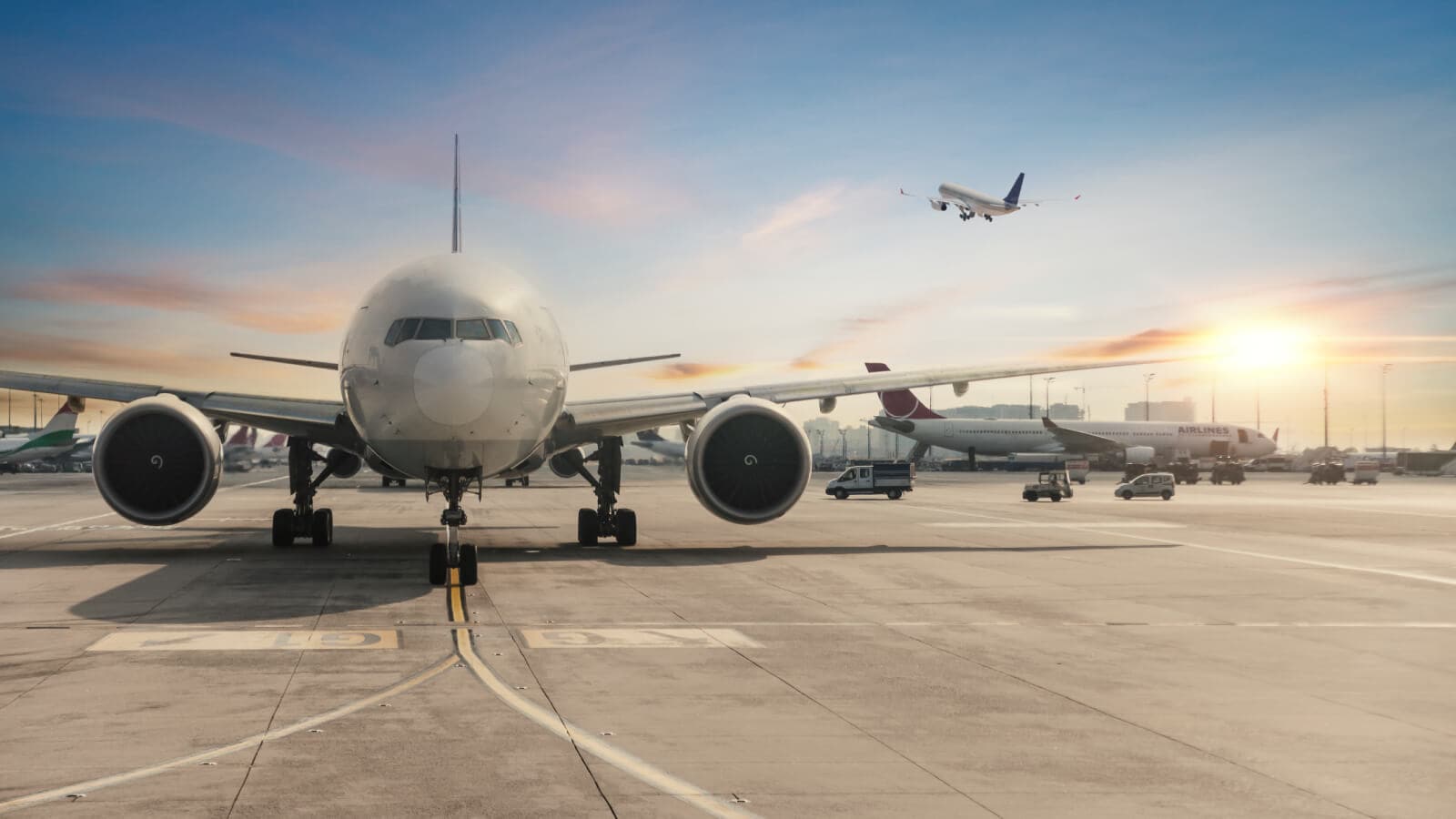Client
International Air Transport Association (IATA)
Industry
Aviation
Our role
DE&I strategy and transformation
IATA is working across the aviation sector to measure organisations’ diversity, equity and inclusion maturity compared with peers, in pursuit of 2025 goals to improve the gender balance in senior roles.
How IATA is empowering women in aviation
Issue Measuring progress in context
In the airline industry, women have historically been under-represented in senior leadership positions, and on the flight deck – in 2022, only 5% of pilots were women, according to the aviation trade association IATA. To improve diversity, equity and inclusion (DE&I) across the industry, IATA started the voluntary 25by2025 initiative in 2019 to increase the number of women in senior positions and under-represented areas by 25%, or up to a minimum of 25%, by 2025[1].
More than 200 aviation-related organisations, including ground support companies and booking platforms, as well as airlines, have signed up to 25by2025, and they are making progress. In 2022, the proportion of senior leadership roles held by women was 28%, including 28 female CEOs. In 2021, the proportion was 24%. Airlines that have signed up to the initiative also added 1,000 new women pilots in 2022[2].
However, there is a notable gap between the companies that have made the greatest progress and those still at the beginning of their DE&I work. Members approached IATA, which formulates industry policy and standards, to find out how they could better understand their performance compared with peers and learn from their successes. To support the demand to share leading practices, IATA engaged PwC to help it assess DE&I maturity across the 25by2025 group, and share the insights in a collaborative way.
For IATA, one of the priorities in helping its members make progress towards the 2025 target was to create a maturity assessment looking across the industry as a whole, taking into account the perspectives of members in each region and at varying stages of their DE&I journey. It also needed to consider the specific DE&I challenges of the aviation industry.
“We run to a schedule and we also run 24 hours a day, and our people have extended periods away from home,’ says Jane Hoskisson, Director of Talent, Learning, Engagement and Diversity at IATA. ‘As a result, there are nuances that other industries don’t have, for example when we’re talking about flexible working. It makes it challenging but also interesting.”
Solution Tailored and actionable solutions
Starting in November 2022, IATA, headquartered in Montreal and with executive offices in Geneva, worked with a PwC Switzerland team specialising in DE&I and Organisational Culture firstly to define a practical toolkit for the aviation industry. The next step was to ‘share the leading practices in the most impactful way,’ says Lydia Walter, Senior Associate, PwC Switzerland.
To do this, IATA and PwC Switzerland built a survey that would help participating companies to understand how mature their diversity, equity and inclusion work is, and share a score and a personalised assessment with tailored recommendations at the end.
Johannes Smits, who leads PwC Switzerland’s DE&I practice says: “Our team has worked with organisations across different industries and countries to assess DE&I progress in the workplace. We were able to build upon our experience and expertise to develop a tried-and-tested DE&I maturity index approach for IATA, which we then adapted to take into account the reality and particular challenges of the aviation industry.”
The team focused on making the survey user friendly – it takes 20 to 30 minutes to complete, and was designed so that a senior HR or DE&I leader could answer the questions without having to look for new types of employee data. It also makes space for users to share their challenges and success stories for the benefit of the industry.
All the questions address the progress an organisation is making. Firstly, the survey asks the respondent about their organisation’s DE&I strategy – for example, is there a bold vision, a business case, a roadmap for meeting targets? Then it moves on to governance – is there clear leadership accountability and coordination of efforts? The next section of the survey asks to what degree DE&I considerations are embedded in the organisation’s policies and processes, and how DE&I values are demonstrated through the way the company does business and interacts with third parties.
The final element is culture – does staff behaviour live up to DE&I commitments, what training is given, and how are DE&I expectations communicated? The survey seeks to understand the rationale for doing DE&I work – is it merely for regulatory reasons or because of pressure from stakeholders? Is it part of the airline’s values? The maturity score would be lower for a company that only took account of diversity to comply with regulation, for example.
The survey as it is structured gives respondents “actionable data they can use as they try to effect change in their organisation,” says Claire Monari, Manager, PwC Switzerland.
The data collected will establish where the companies surveyed are doing well and highlight correlations with certain levers, such as strong leadership, that other companies can replicate, as well as where more focus may be needed.
Impact Driving future progress
IATA launched the survey at the Winds of Change event in Amsterdam in late 2023. There was a good level of uptake among the 25by2025 signatories, with more than 80 of the companies completing it by the end of January 2024. IATA will aggregate the results to share key findings with the survey respondents and create a report to be presented at its Annual General Meeting in June.
“The overarching aim is to keep making progress - no matter how advanced the company is in its DE&I journey, members can make improvements. Our industry involves people everywhere in the world and we want to make it more representative of the world around us.”
Jane Hoskisson,Director of Talent, Learning, Engagement and Diversity at IATABy presenting concrete examples of leading practice and increasing the body of evidence that shows what types of change really work when it comes to increasing gender diversity, the industry will keep moving beyond the 28% women in senior leadership roles already achieved[3]. IATA also wants to start looking at leading practices in other areas of diversity, beyond gender.
Sustainability and climate change services
Make your climate actions count with targeted, tailored solutions
Tax and Sustainability Services
Viewing tax through a new lens to deliver sustainable outcomes
















